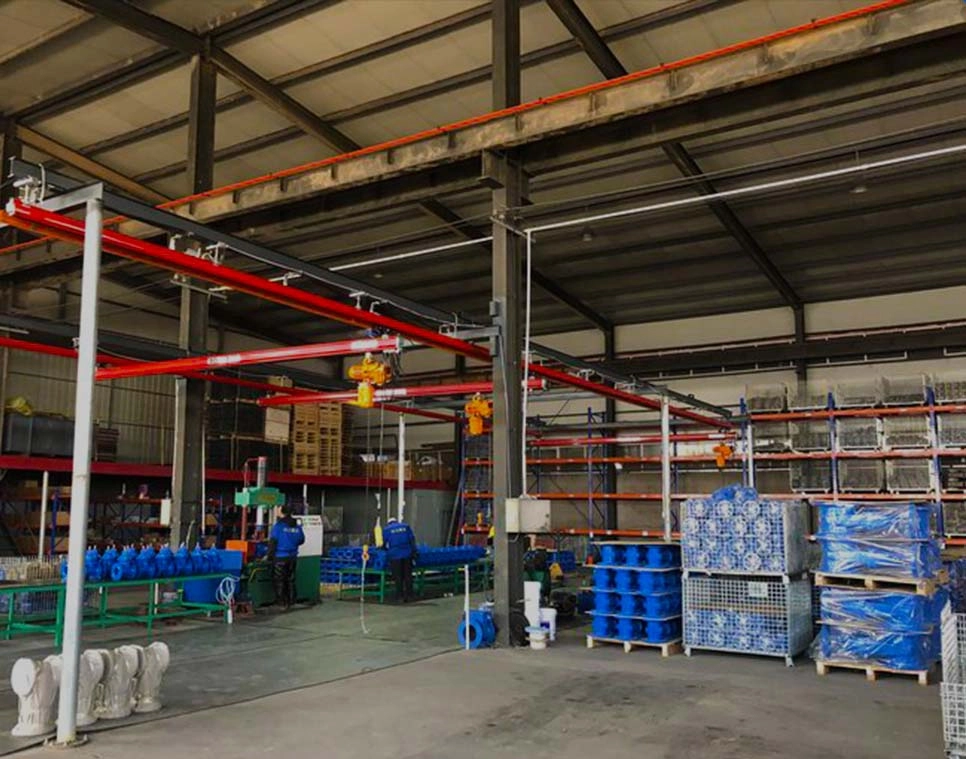Types of Connections for Stainless Steel Pipes Explained
Stainless Steel Pipe Connection Types A Comprehensive Guide
Stainless steel pipes are widely used in various industries due to their durability, resistance to corrosion, and aesthetic appeal. One of the critical aspects of working with stainless steel pipes is understanding the various connection types available. Each type of connection offers distinct advantages and disadvantages, tailored to specific applications and environments. In this article, we will explore the most common types of stainless steel pipe connections, their features, and their suitable uses.
1. Welded Connections
Welding is perhaps the most prevalent method of connecting stainless steel pipes. This connection type involves melting the edges of the pipes to be joined and allowing them to fuse together upon cooling. Welded connections are known for their strength and reliability, making them ideal for high-pressure applications, such as in the oil and gas industry or in chemical processing plants. However, welding requires skilled labor and can often be more time-consuming than other connection methods.
2. Threaded Connections
Threaded connections involve the use of male and female threads to connect two stainless steel pipes. This method is commonly used for smaller pipe diameters, particularly in plumbing and gas systems. Threaded connections are relatively easy to install and disassemble, making them suitable for applications where maintenance and repairs are frequent. However, they may not be suitable for high-pressure situations as they can be prone to leaks if not adequately sealed.
3. Flanged Connections
Flanged connections consist of two flanges, which are flat pieces with holes around their perimeter that are bolted together. This connection type is often used for larger pipelines in industrial settings due to its high strength and ability to handle high pressures. Flanged connections allow for easier inspection and cleaning, as they can be readily disassembled. They are commonly found in water treatment plants, chemical processing, and HVAC systems.
stainless steel pipe connection types

Compression fittings are another popular option, particularly for smaller diameter pipes. This connection type involves a compression nut and ring that secure the pipe in place. Compression connections are known for their simplicity and ease of use, requiring no special tools for installation. They are commonly used in residential plumbing and HVAC applications. However, they may not provide the same level of strength as welded or flanged connections, especially under extreme conditions.
5. Soldered Connections
For certain applications, soldering is a viable method of connecting stainless steel pipes. This involves melting a filler metal to join the pipes and is frequently used in plumbing and HVAC systems for smaller diameter pipes. While soldering requires less specialized training compared to welding, it may not be suitable for high-temperature or high-pressure applications.
6. Push-Fit Connections
Introduction of push-fit technology revolutionized the way pipes are connected in various applications. Push-fit connections allow pipes to be simply pushed into the fitting, creating a secure seal. This method is quick and requires no additional tools or labor, making it incredibly user-friendly. Push-fit connections are gaining popularity in domestic installations and plumbing systems due to their versatility and ease of use.
Conclusion
Understanding the different types of stainless steel pipe connections is essential for selecting the right method for your specific application. Each type offers unique benefits and potential drawbacks, influenced by factors such as pipe size, pressure requirements, and maintenance needs. By evaluating these factors carefully, you can ensure a reliable and efficient piping system tailored to your operational demands. Whether you are in construction, manufacturing, or a plumbing project, knowing the right connection type can lead to increased safety, efficiency, and longevity of your piping system.
-
3 types of check valves maintenance tipsNewsAug.23,2025
-
Ball valves types with trunnion mounted designNewsAug.23,2025
-
Butterfly valve company production capabilitiesNewsAug.23,2025
-
Fisher globe valve technical specificationsNewsAug.23,2025
-
Types of gaskets for flanges selection guideNewsAug.23,2025
-
Wedge gate valve suppliers quality standardsNewsAug.23,2025
-
Breakthrough in Domestic Low Temperature Valve Technology in ChinaNewsAug.18,2025




